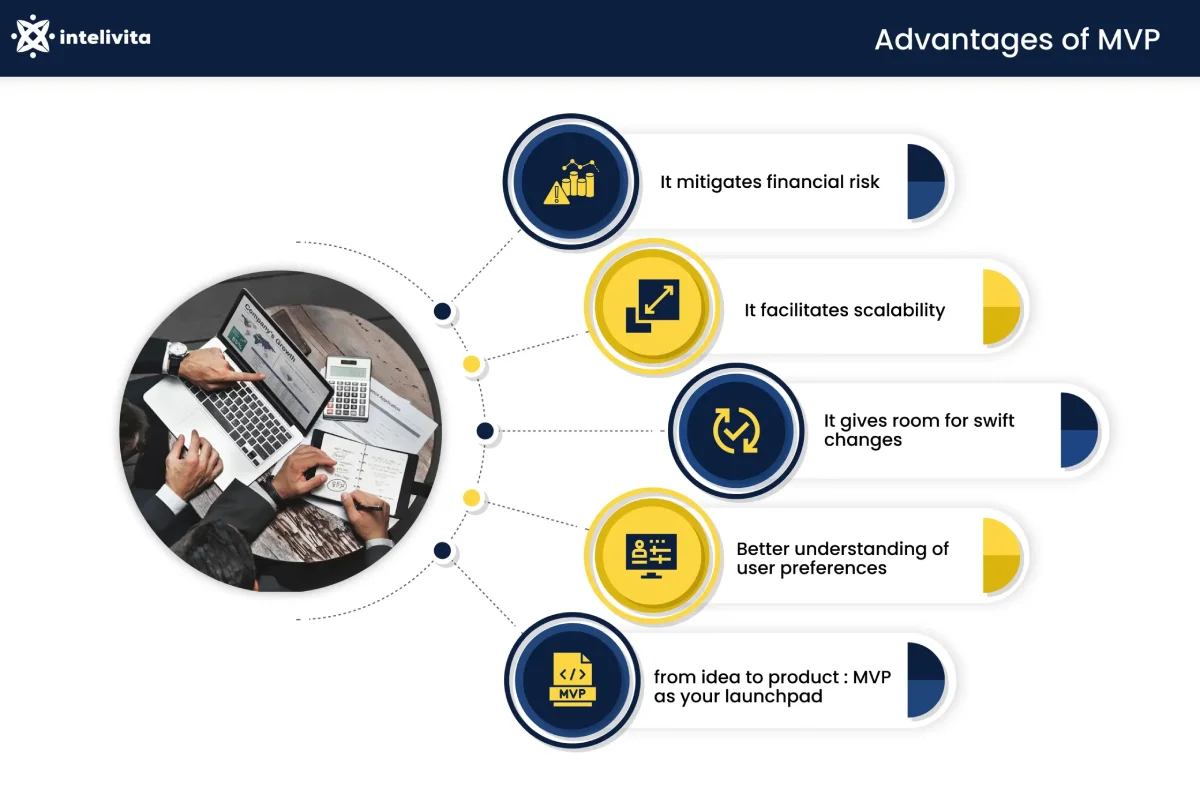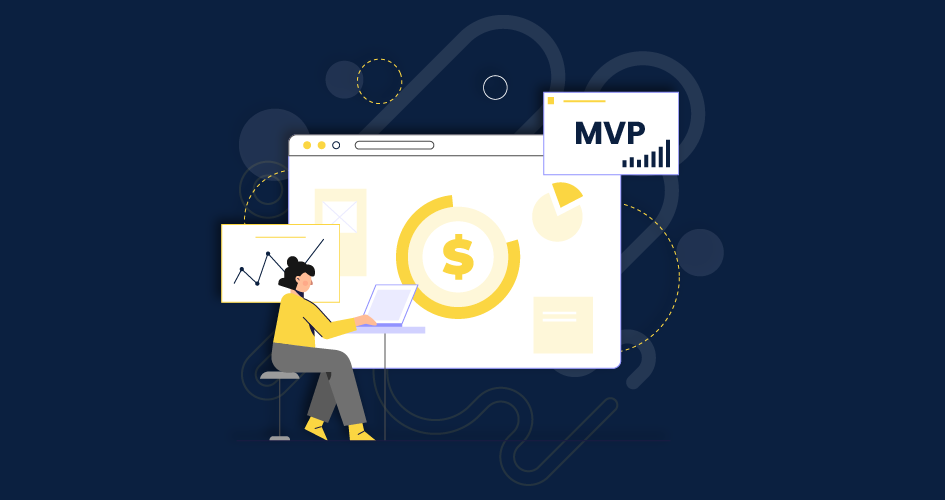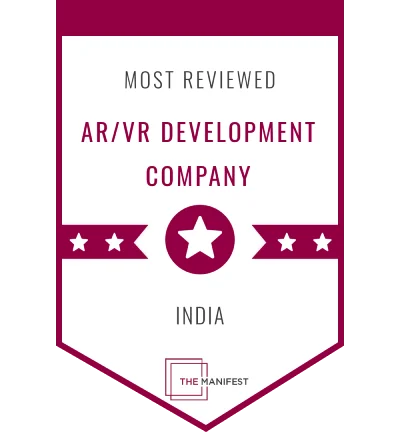“I want to grow fast. I want to scale higher. I want to do it all without breaking my bank.”
This is the war cry of most startups. They have a brilliant startup idea that has proven market feasibility.
But betting lifelong savings and resources into a startup venture grounded only on an idea is not always a wise thing to do.
That is where MVP comes in. It has proven to be a path those aspiring entrepreneurs can take to test the waters before taking the deep dive. At the onset, MVP (which stands for Minimum Viable Product) is a functioning app, software, or an asset.
When building an MVP in-house, there are a number of costs of building MVP that are included in the development.
It will have the core features that represent the larger picture that the full-blown app would have. In other words, it is the skeleton of an idea before the flesh is added to it.
Now, although an MVP is more of a skeleton than a functional organism, it is still challenging to build. Needless to say, the MVP development process is also complex as it can be.
Nevertheless, there are several benefits that startups can gain from taking the MVP route.
What are those benefits and why are they important is what I am going to tell you in this blog.
It mitigates financial risk
There is one ground reality about startups.
They are not always well-heeled. Most startups are bootstrapped with founder funding and borrowings from near and dear.
We can safely assume that there is not much to spare for lavish spending.
Every dollar spent by the startup must serve the purpose of bringing back ROI.
With such a difficult predicament, how is it possible to run experimental projects that may not become winners?
Hence, the MVP. MVP mitigates the financial risk by demanding only the bare essentials.
It requires only minimal investment in terms of money, manpower, or even marketing.
In fact, the extent of marketing done for an MVP is negligible compared to market-ready projects. So MVP remains a go-to option for startups that want to validate their idea before preparing themselves to attack the market.
It facilitates scalability
Here is the thing about startups. They are not miniatures of large companies.
What they are indeed are smaller organizations that are in search of a scalable, repeatable and profitable product/service.
No scalability does not happen easily if the product’s architecture is not built for it.
MVP gives startups adequate time and resources required to scale the product at the right time and in the right market. It is worth noting that 74% of startups fail due to premature scaling.
On the other hand, startups that scale the proper way scale 20 times faster than their counterparts. In other words, MVP set the ground for startups to scale their products the right way.

It garners a better understanding of user preferences
While building an application or software product, the end user preferences is the ultimate checklist to follow.
They should like the application, use it more and should also be willing to pay for it.
An MVP can collect feedback from user groups with regards to what kind of features they expect to see further, how it can be refined and so on.
In other words, it gives a better understanding of user preferences before getting on to the works of the final product.
Another allied benefit of MVP is that it helps invoke an interest amidst user groups before the product is ready for launch or delivery.
If presented right, the MVP can also attract the right kind of investors who can infuse capital to scale it higher.
This will not only pave way for winning leads before launch but can also lead to profitability before the final launch.
It gives room for swift changes
Peter Thiel the PayPal co-founder says in his book Zero to One: Notes on Startups, or How to build the future that, “Customers won’t care about any particular technology unless it solves a particular problem in a superior way. And if you can’t monopolize a unique solution for a small market, you’ll be stuck with vicious competition.”
Your customers do not care about what fancy tech innovation that you are introducing.
Their concern is plain and simple: how does it solve my problem? Now if your MVP has received some flak or has not managed to make the cut in terms of customer preferences, you will have to go back to the blackboard to make swift changes.
These changes could be in terms of design, engineering, interactions and so on.
Imagine making such changes to a fully-developed product?
It is equivalent to repairing a car engine while it is running.
MVP on the other hand, it’s your mini prototype that you can easily dismantle to make the hotfixes.
It gives adequate room for swift changes which once formalized can be incorporated into the final product.
From Idea to Product: MVP as your launchpad
They say the beginning is the hardest.
What if you can have a predecessor as to what is coming and how to deal with it.
In software development, MVP is your dry run. It gives the space, the time and also the experience required to take your tech startup idea to a product.
Think of it as a launchpad that can validate your idea and also help collect takeaways that can further refine the product.
All this and much more without having to burn dollars or precious hours in development.
To sum it up, despite all the complexities surrounding it, MVP startups can still reap benefits from taking the MVP route.











